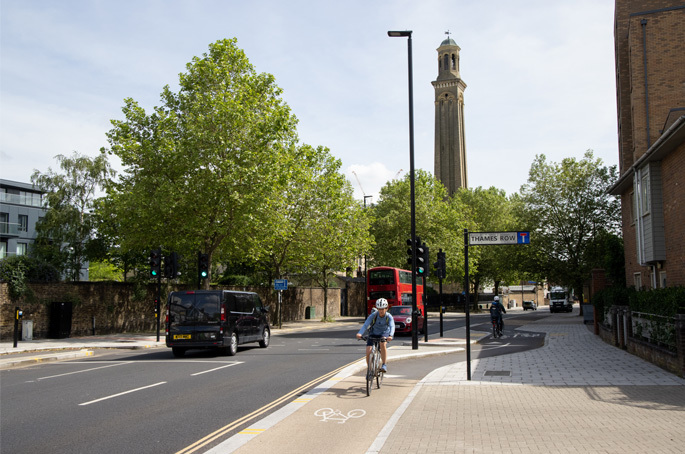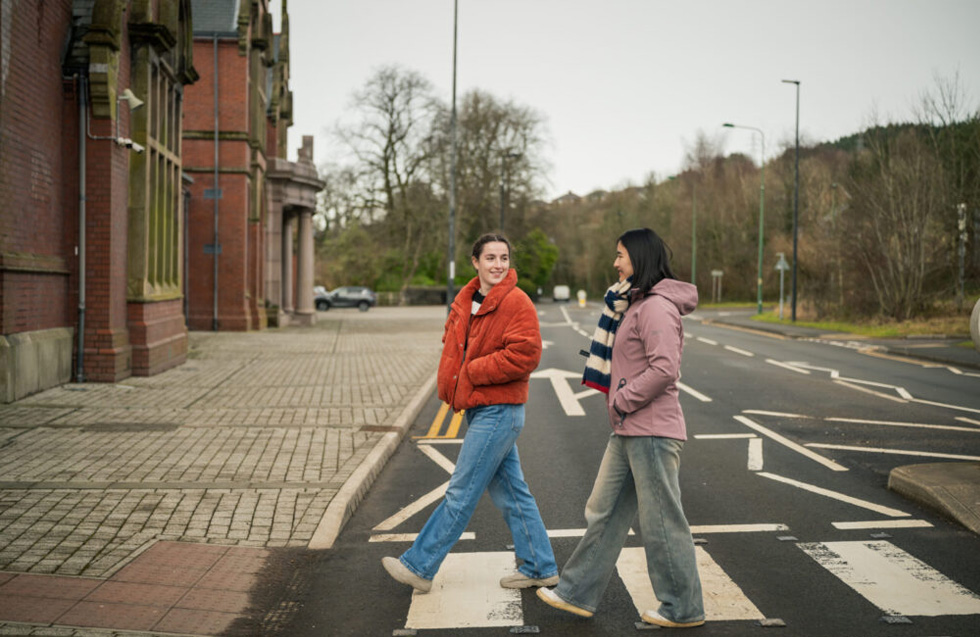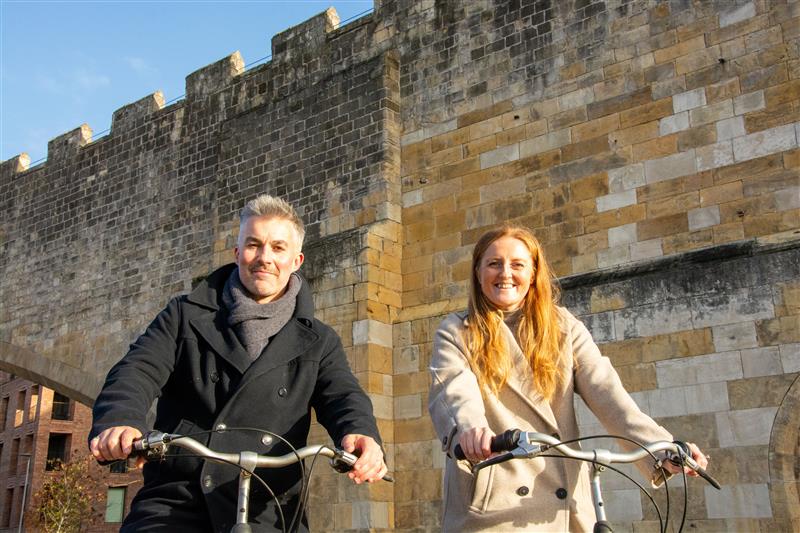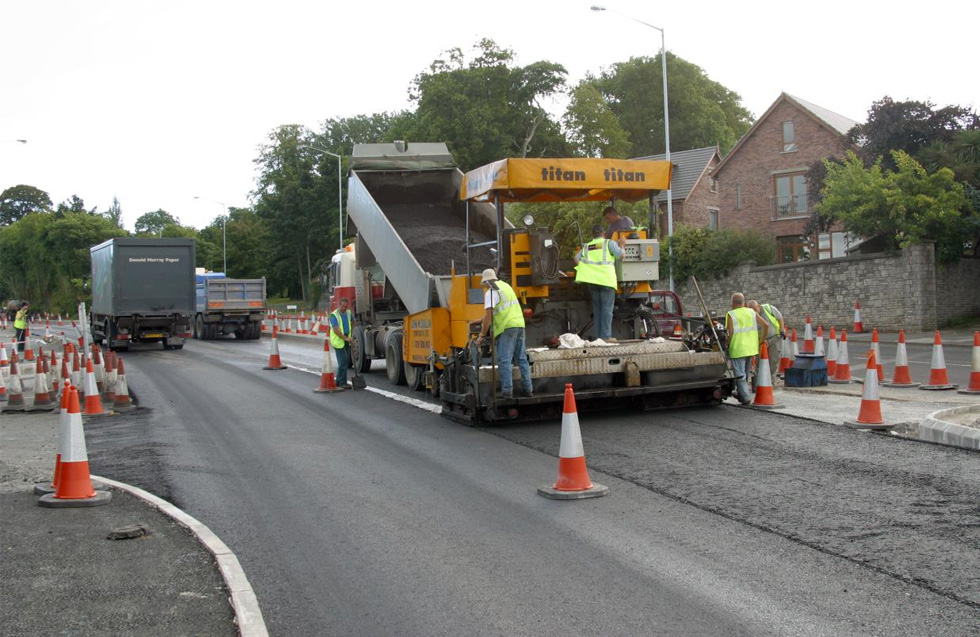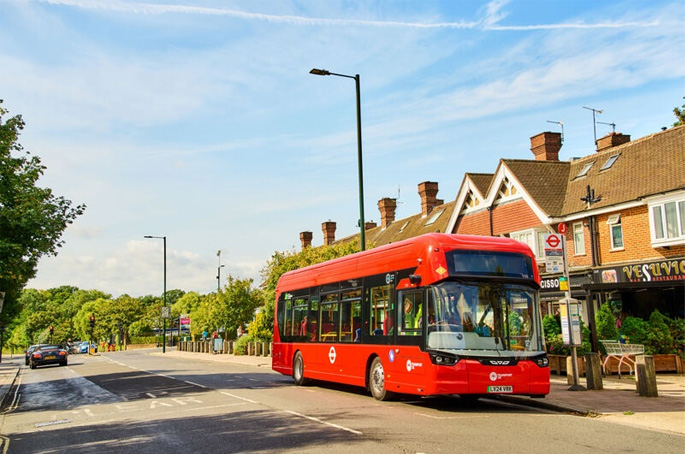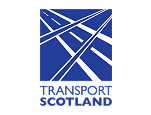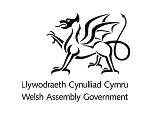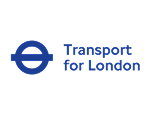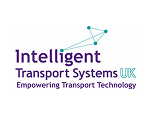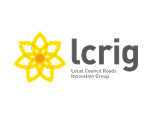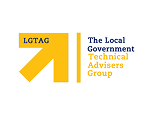Transport for London (TfL) has released new data showing active travel progress over the last financial year, including 51km of new permanent cycle routes across the capital.
Making use of £80.85m of TfL's Local Implementation Plan cash, London boroughs have been able to implement projects between April 2024 and April 2025 that not only encourage active travel, but also make roads safer and reduce pollution.
Over the period, boroughs introduced:
- More than 400 new pedestrian crossings, 61 new signal-controlled crossings, 108 zebra crossings, 232 uncontrolled crossings and 12km of wider footways
- 51km of new permanent cycle routes, 1,673 publicly accessible cycle parking spaces, 10,000 residential and 900 school cycle parking spaces. Funding has also enabled 16,631 adults and 51,190 children to be trained in cycling skills
- 150 more School Streets
- 2.8km of new bus lanes, as well as 64 bus stops given accessibility upgrades
- Seven new traffic reduction schemes, 26 new road closures, plus 15 experimental schemes were made permanent
- Over 50,000 square metres of pipes and sewers.
TfL also aims to deliver another 222 new school streets and up to 95km of new cycle routes by 2027/28.
Helen Cansick, TfL's head of healthy streets investment, said: ‘The level of ambition from passionate borough officers has increased year on year, as they see the value that this investment has for the communities they serve – from safer places to cross the road and expanded cycle routes to lower traffic speeds, safer journeys for schoolchildren and cleaner air.'
Will Norman, London's walking and cycling commissioner, said: ‘This impressive data highlights the power of working in partnership, with TfL's expertise and London boroughs' deep local knowledge combining to create streets that truly reflect the needs of their communities.'
Tanya Braun, director of external affairs and fundraising for Living Streets: ‘Our latest research for International Walk to School Month found that parents are discouraged from walking their children to school because of traffic, vehicles around the school gates and a lack of safe crossings. By expanding the School Streets programme, introducing new crossings and widening our pavements, more of us can now choose cleaner and healthier ways to get around.'

